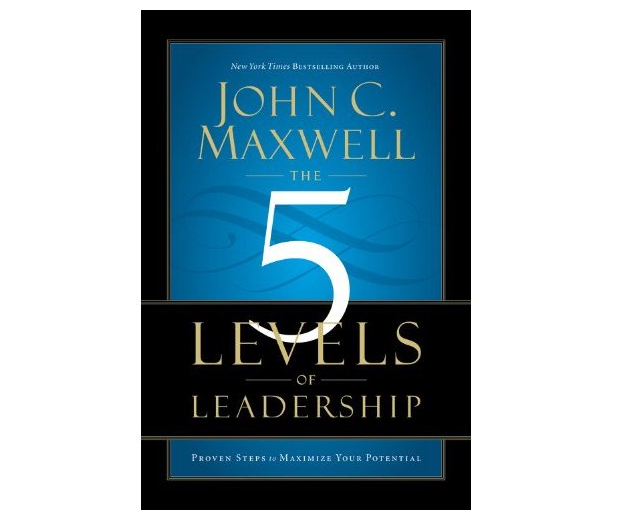by Michael Holland
I recently finished John Maxwell’s, The 5 Levels of Leadership. I’m struck by the simplicity and power he reveals in his model for describing the role leaders attempt to play. The simplicity of the 5 Levels – Position, Permission, Production, People Development, and Pinnacle – is a basic path through increase of power and influence. However, Maxwell’s depth comes from painting a shift in paradigm with regard to how power and influence are wielded. Most intriguing for me is the movement from the 3rd Level, Production, a level revealing leaders making things happen and separating themselves from the pack with high production through a team or teams, to Level 4, a level summarized as developing leaders into leaders who can lead others.
Take a moment and re-read the last 8 words: developing leaders into leaders who can lead others. Think about the skill, maturity, and emotional intelligence gap which exists from leading teams to produce to developing leaders to lead. Becoming a great leader will require you to identify, grow, equip, and support leaders.
Ultimately, you lead well not through your perceived power, but through empowering others – other leaders as well as employees – who become successful because of the leadership you model.
Here’s a rundown of Maxwell’s 5 Levels:
Level 1: Position – It’s a great place to visit, but you won’t want to stay there.
Level 2: Permission – You can’t lead people until you like people
Level 3: Production – Making things happen separates real leaders from wannabes
Level 4: People Development – Helping individual leaders grow extends your influence and impact
Level 5: Pinnacle – The highest leadership accomplishment is developing other leaders to Level 4






